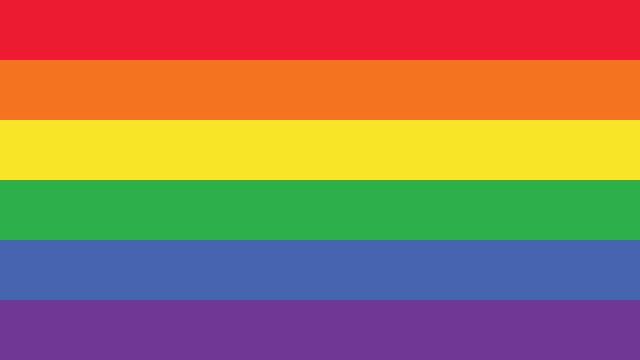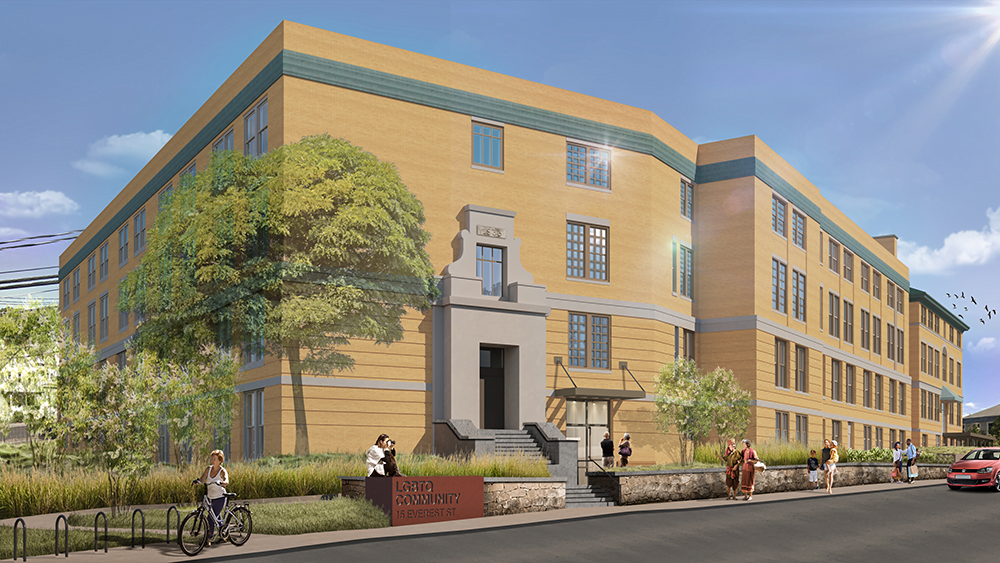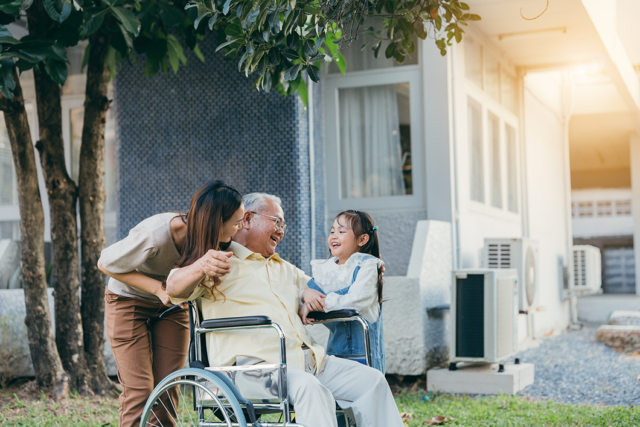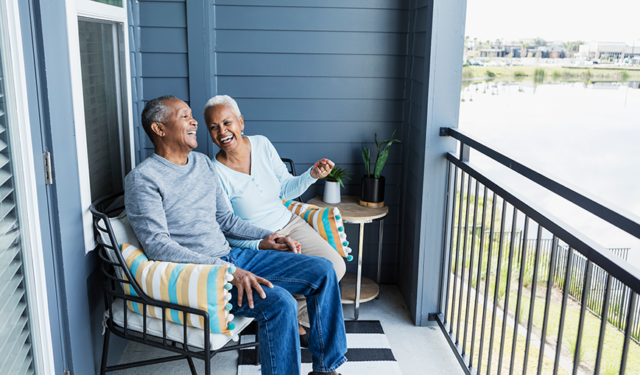
Boston Project a Welcoming Home for LGBTQ Retirees
Society increasingly has accepted the LGBTQ community as part of the broader diversity of 21st century life. This was decidedly not the case when baby boomers were coming of age in the 1960s and 1970s. Even today, their peers and family members aren’t always accepting of them.

Boston’s Hyde Park neighborhood.
A senior housing project for them is now under construction in Boston’s Hyde Park neighborhood. It’s the city’s first and one of perhaps a few dozen around the country: The Pryde.
The project will transform a Boston middle school built in 1902 into LGBTQ-friendly housing where low- and middle-income people 62 and older know they will be supported. But on the rocky road to community acceptance, some people hostile to the project defaced the fence surrounding the construction project with signs like “There are 2 Genders.”
For many people, “The only community that is left to support this group is their LGBTQ friends and allies,” said Philippe Saad, an owner of DiMella Shaffer, The Pryde’s design architect.
“We’re not building the building and bringing in the people. Knowing who the people are, we are building the building for them,” he said.
DiMella and a national real estate developer, Pennrose, plan to open the 100,000-square-foot renovated school building next spring. More than 900 people have expressed an interest in The Pryde, and the residents will be selected in a lottery for the 74 apartments. Non-LGBTQ retirees are also welcome to apply for residence.
Saad’s firm’s specialty is senior living projects that meet the needs of older Americans and retirees. At The Pryde, for example, elevators are being installed in a building that was designed for the children who used to run up and down the stairs to their classes.

The colors in the classrooms-turned-apartments will have contrasting paints and building materials that make it easier for seniors with poor eyesight to navigate. Raised flowerbeds in the courtyard accommodate older residents who can’t bend over when they’re gardening.
But what distinguishes the project is that it merges the twin goals of providing senior housing with ensuring that its older LGBTQ retirees feel safe in their homes. Everyone who comes inside The Pryde’s walls – the non-LGBTQ residents, the caregivers who help the residents, and the building’s administrative and maintenance staff – are expected to be supportive of them.
The Pryde will also have a security system and only the residents and their guests will be permitted to enter the section of the building with private apartments.
Saad has personally worked on this project for more than a decade with other LGBTQ activists, and they had to lay a groundwork of community acceptance before deciding to go ahead with it. The architects and developers met with neighborhood groups and businesses in Hyde Park and brought LGBTQ seniors to a Boston City Council hearing to describe their struggles to find housing where they feel welcomed.
For example, people who move into public housing sometimes feel they need to go back into the closet because their older neighbors may not be supportive. Developing The Pryde “involved a lot of education,” because the public is “unaware of the hardships in our community,” said Saad, who is gay.
Despite the challenges, The Pryde has been designed to be a thriving community. It is within walking distance from commuter train lines and Hyde Park’s Cleary Square, which has shopping, a YMCA, restaurants, and coffee shops. People from the surrounding community are welcome to use the facility’s meeting rooms. A sunroom and a deck look onto the courtyard, and each common space is decorated in one or two colors in the Pride flag.
In Saad’s way of thinking, The Pryde answers a question many older LBGTQ people have: “Where will we live when we get older?”
Squared Away writer Kim Blanton invites you to follow us on Twitter @SquaredAwayBC. To stay current on our blog, please join our free email list. You’ll receive just one email each week – with links to the two new posts for that week – when you sign up here. This blog is supported by the Center for Retirement Research at Boston College.
Comments are closed.







The short description of this blog post in the email I received, states “…who accept their lifestyle” and the blog post itself, states “…supportive of their lifestyle”, describes what exactly?
Older LGBTQIA+ folks want to live in peace, with dignity, among caring individuals, family, friends and in community. They want to feel safe and secure in their chosen homes. They want affordable, accessible living spaces in communities they know and cherish.
That isn’t a lifestyle that is different from cis gender folks. The “lifestyle” language is offensive to many and should either be omitted or explained if you mean something precise in your phrasing. The growth of housing options like The Pryde, or Mary’s House in DC, provides older LGBTQIA+ people the ability to be their whole selves in safe and caring environments and allow them places where they can truly choose how they live as they age. Don’t we want that for all our elders without judgement?
Agreed. “Lifestyle” is when you move to a golf course so that you can play the sport you love more often or decide to finally switch to a plant-based diet for your health and the planet’s alike.
But LGBTQIA people are living out the truth of who they are, and have always been, at their very core. It’s not a hobby.